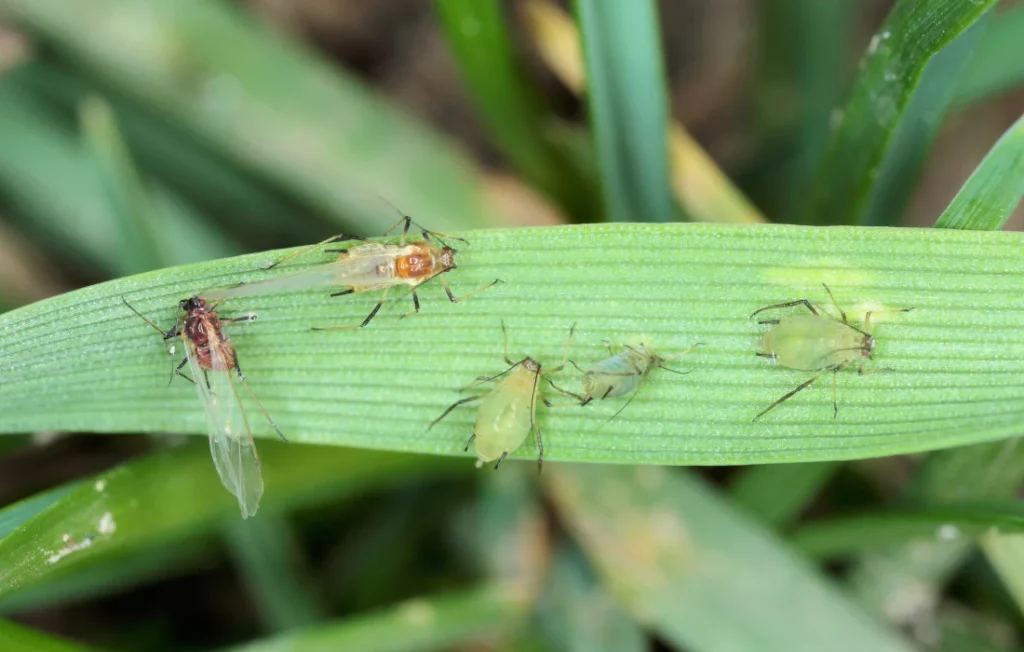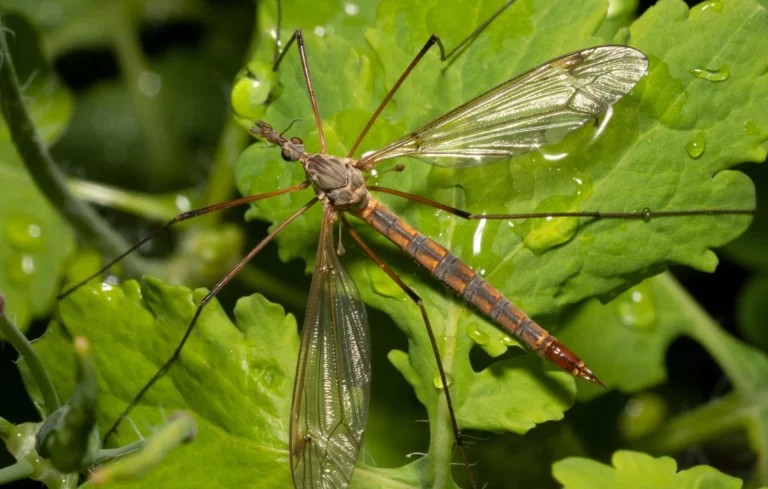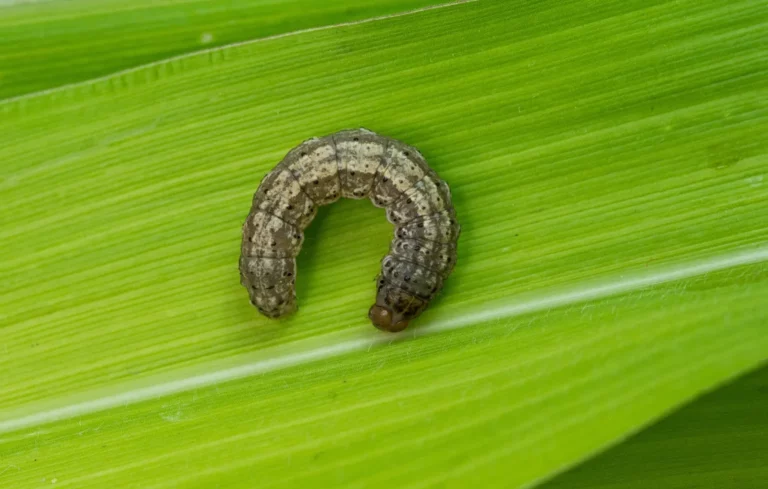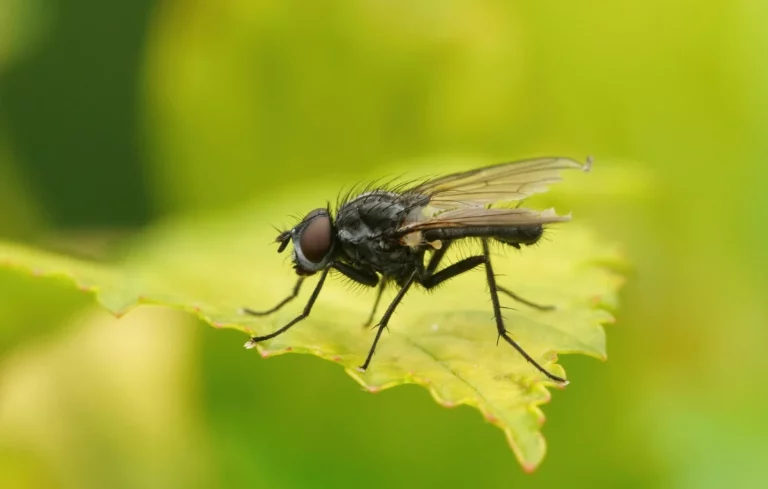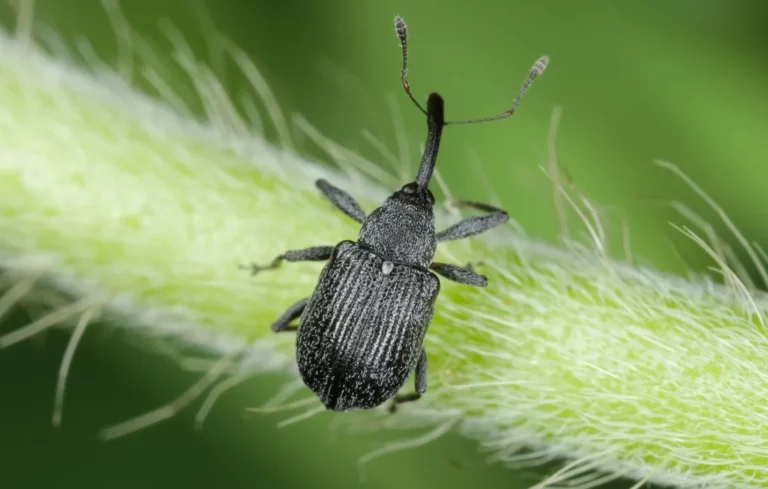Every spring, a tiny insect invades wheat, barley, or oat fields, sometimes with serious consequences for yields: the English grain aphid, Sitobion avenae . Barely visible to the naked eye, it proliferates rapidly on leaves and ears, at the very moment when the cereal is concentrating its efforts on producing grain. Behind its discretion hides a formidable adversary for cereal growers. Good news: it is possible to act upstream and naturally, by combining rigorous monitoring, appropriate agronomic practices, and biological solutions offered by Agrobiotop.
Description of the English grain aphid
Sitobion avenae , better known as the cereal ear aphid or English grain aphid, wheat aphid or small cereal aphid, is part of the Aphididae family, within the Hemiptera order. It is a phytophagous insect, dependent on grasses .
Oligophagous, it feeds exclusively on plants belonging to this family, whether cultivated or wild. Its presence is particularly marked in the temperate zones of the northern hemisphere. This pest is among the most harmful to cereals, especially in spring. In particular, it can seriously compromise yields when its population explodes at the time of ear emergence.
Morphology of the English grain aphid
In Sitobion avenae , two adult forms coexist: apterous and winged.
Wingless adults measure 2 to 3 mm. Their coloration varies from yellow to green, sometimes red to purple depending on the individual. Their silhouette is elongated, with clearly visible black cornicles, twice as long as the tail (or cauda). The antennae are black, while the legs are yellow.
Winged adults , recognizable by their membranous wings, have a reddish-brown head and thorax, while the abdomen can be red or green, often adorned with 5 to 6 dark spots on the sides. The rest of their morphology remains close to that of wingless individuals.
What are the host plants of the English grain aphid
The hosts on which Sitobion avenae currently develops are mainly grasses:
- Wheat
- Barley
- Oats
- Rye
- But
- Rice (more rarely)
- Dactyl
Do you need a natural solution against the English grain aphid?
Biological cycle of Sitobion avenae
The life cycle of Sitobion avenae adapts to climatic conditions and the crops present in the environment. Winter is a key period: the species spends this season in the form of eggs laid in the fall on grass stubble, sometimes on brambles or rosehips. During mild winters, parthenogenetic reproduction allows some colonies to persist on winter cereal regrowth.
At the end of winter, the eggs hatch and give birth to wingless founding females , which begin colonizing the young upper leaves. This phase is followed, in spring, by the appearance of winged individuals which migrate to the ears as they emerge.
During the summer, when pressure increases or the cereals reach the dough stage, new generations of adults appear. These individuals then move to other still-green grasses, such as corn.
In the fall, the reduction in photoperiod and the drop in temperatures trigger the production of sexual forms. Sexual females lay the winter eggs that will ensure the survival of the species until the next season.
What damage does the English grain aphid cause to crops?
The first signs of infestation generally appear at the beginning of ear emergence. Aphids first colonize the upper leaves, then settle massively on the ears, from the flowering stage to the mushy stage .
Direct damage is caused by bites on leaves and ears , which disrupt grain filling. In cases of heavy infestation, yield loss can reach up to 25 to 30 quintals per hectare.
The damage is not only mechanical. The honeydew excreted by aphids promotes the development of sooty mold , a black mold that reduces the commercial quality of crops. Furthermore, Sitobion avenae is a recognized vector of the barley yellow dwarf virus (BYDV) , which further increases its health impact on crops.
Fighting English grain aphid: our natural solutions
The fight against Sitobion avenae requires, above all, an integrated strategy, combining rigorous monitoring, cultural practices (SILIBOOST soils), and the use of natural auxiliaries. The presence of ladybugs, hoverflies, or parasitic microhymenoptera in plots plays an important regulatory role, particularly in spring. Encouraging their presence involves maintaining hedges, grassy strips, or plant shelters in the agricultural landscape.
We first recommend improving the soil by:
- SILIBOOST (powder to dilute)
- SILIPELLET (granules)
As well as the application of biostimulants:
- YAKADOP Biostimulant : It is the first line of defense against pests and diseases. It strengthens and stimulates vegetation, promoting resistance against pest attacks (aphids) by triggering plant phytohormones (auxin, salicylic acid), amino acids and vitamins, allowing crops to have greater resistance to various attacks.
Application dose : 5 to 10 liters / 100 liters of water / hectare
Against cereal pests such as the cereal ear aphid, we recommend:
- YAKASELF : Dose of 10 liters/100 liters of water/hectare
Do not hesitate to contact us for more information.

